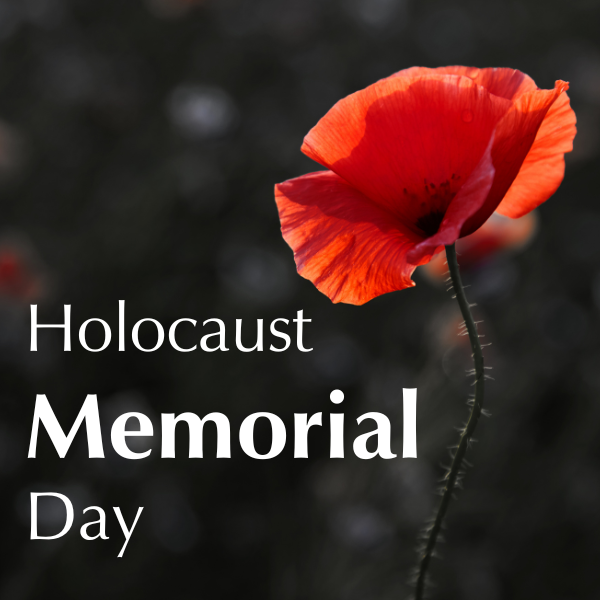One is a doctor, the other too. One has become the epitome of medicine bent on absolute evil. The other, a Righteous Among the Nations. On Holocaust Memorial Day – 27th January, the day of the liberation of prisoners from the Auschwitz-Birkenau death camps – two names out of a thousand spring to mind and should be very clear to those who train in the medical sciences, in the name of which you can do good or evil.
Josef Mengele, an anthropologist steeped in the scientist doctrines underlying racial theories and a medical geneticist, has gone down in history as one of the epiphanies of evil: as head physician of the Auschwitz camp first and then Birkenau later, he was guilty not only of mass murder but also of experimenting on human beings, including twins, disabled people, and those suffering from dwarfism.
Giovanni Borromeo is the very opposite: as head physician at the Fatebenefratelli Hospital on Rome’s Tiber Island, he was one of the chief contributors to the rescue of dozens of Jews from Nazi and Fascist raids and persecution. He and his team invented the ‘K disease‘, a non-existent disease whose initial – inspired by the commander of the German forces in Italy, Field Marshal Albert Kesserling – could be mistaken for Koch’s disease. Taking in as many Jews as he could at the Fatebenefratelli, he urged them to cough continuously in the presence of German and Fascist patrols to appear sick.
In October 2004, Borromeo was recognised as a Righteous Among the Nations.
After the end of the war and its horrors, one of the twelve trials parallel to the Nuremberg trials concerned doctors who had carried out experiments – most of them useless, painful and lethal – on prisoners in concentration and death camps.
This trial, which went on for eight months, from December 1946 to August 1947, is what led to the birth of medical ethics, which revolves around the patient, his well-being and informed consent. These are principles that UniCamillus prides itself on teaching its students on a daily basis.
Whereas in past centuries, ethics in the art of medicine was represented by the Hippocratic Oath – which is still in use today –, patient’s protection was not codified but entrusted solely to the good faith of the ‘white coats’ and the medical community’s ability to properly select its members.
In the aftermath of the war, the Code drawn up at Nuremberg in 1947 determined the rise of voluntary consent as an essential precondition, thus paving the way to that fundamental respect for the individual rights of people considered as capable of making authoritative choices.

